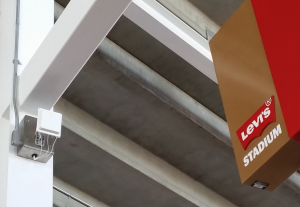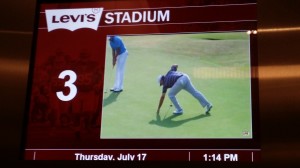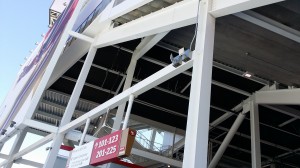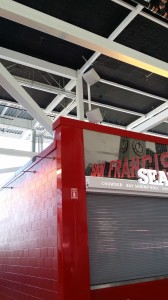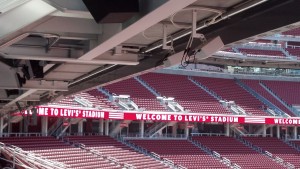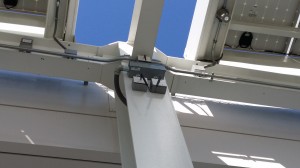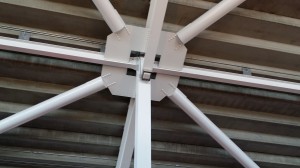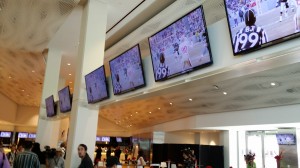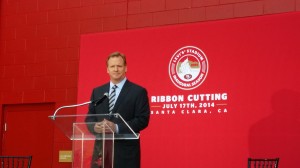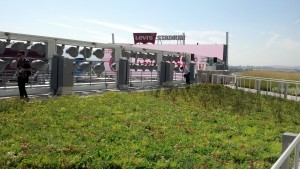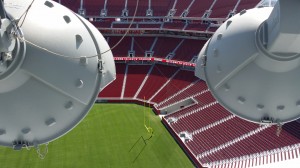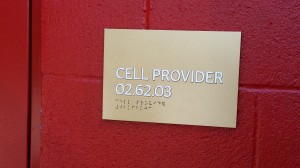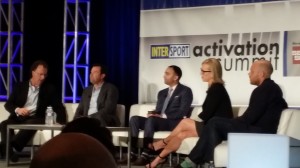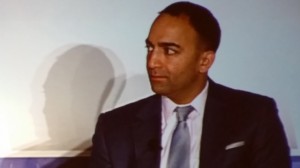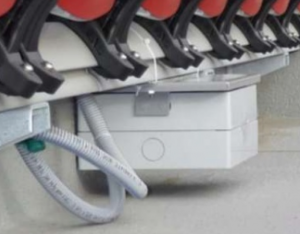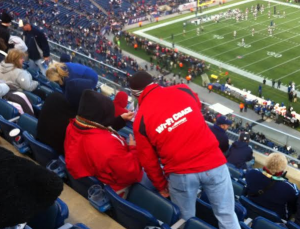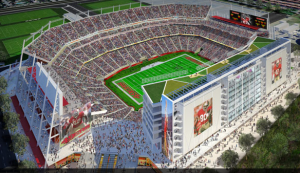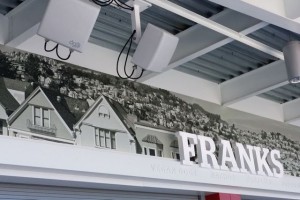
Franks and DAS: DGP DAS antennas above food station at Levi’s Stadium. Photo credit: Paul Kapustka, MSR
With next year’s Super Bowl set to take place at Levi’s Stadium, it makes sense that city officials would want to make sure the parking lots and other pre-game gathering areas outside the venue had good cellular connectivity. At the most recent Super Bowl in Glendale, Ariz., neutral host provider Crown Castle did an extensive job of building the “oDAS” or outside DAS in the spaces surrounding the University of Phoenix Stadium.
According to DGP, it will design, build and maintain an oDAS for the City of Santa Clara, initially targeting the area around the Great America theme park and the Santa Clara Convention Center, which sit on the other side of the main Levi’s Stadium parking lots. Like the DAS inside the stadium, access to the network outside the stadium will be offered to all major wireless carriers, who must pay DGP and the city for access to the network.
While the network will definitely come in handy for pre- and post-game connectivity following Levi’s Stadium events, it will also improve overall cellular performance in the area, which is also the home to several large corporate office buildings as well as the busy convention center.
